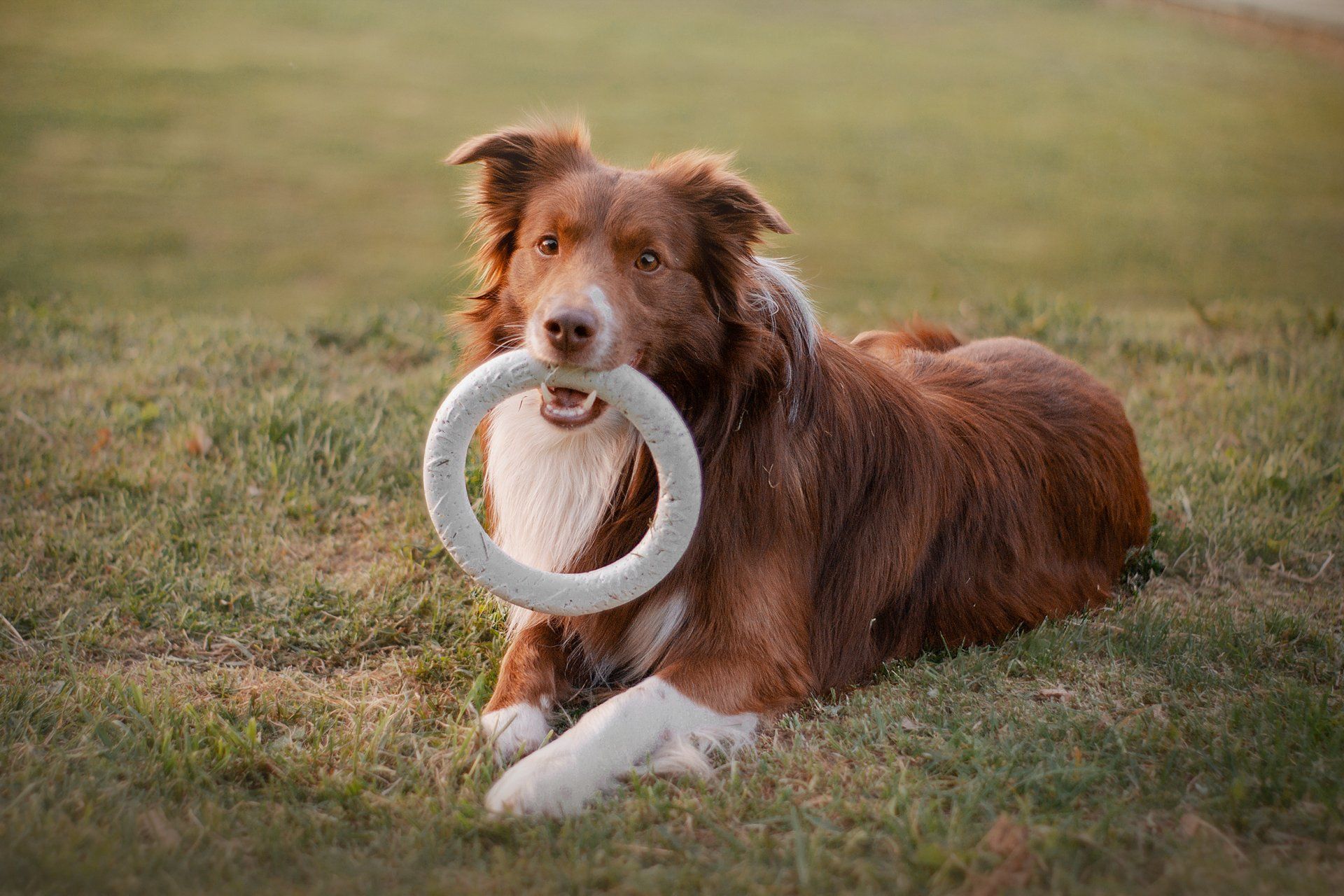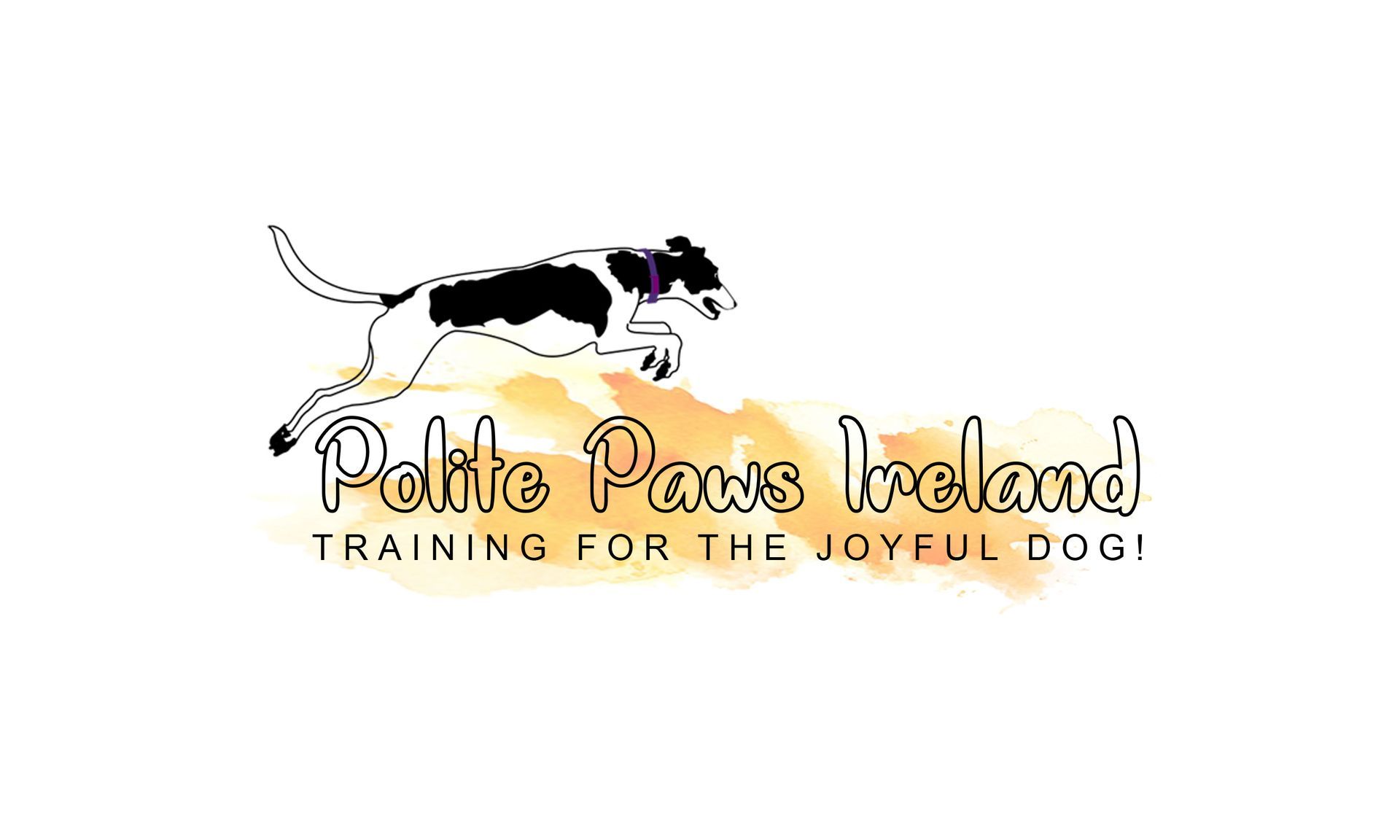New Paragraph
Dogs, like humans, want to keep their stuff and not have it taken away.

We all love our furry friends, but sometimes they can get a little possessive over their favourite things. Whether it's their food bowl, their toys, or even their human, resource guarding can be a frustrating and even dangerous behaviour in dogs. But don't worry, with the right support, approach and a little bit of patience, you can help your dog learn to share like a pro.
What is resource guarding?
Resource guarding is when a dog demonstrates concerning behaviour such as growling, stiffening, snarling or even speedy ingestion or running away with an item when someone approaches something they consider valuable, such as food, toys, or even their favorite spot on the couch. This behavior can be triggered by a variety of factors, including past experiences, anxiety, fear and pain or there can even be other contributors such as genetics or other medical issues.
Why is it a problem?
All dogs resource guard (and all HUMANS resource guard too!). It's a totally normal behaviour at lower levels. We lock our houses, ensure our car is locked before walking away, or even tell waiters not to take your plate if you've not finished your food. Dogs demonstrate gentle ways of telling us that they want to keep their items too, but these behaviours are often missed or go unnoticed. When resource guarding escalates, that is when it leads to dangerous situations. A dog that is willing to bite or growl over a toy or their food bowl can be scary to live with and leave us feeling unsure of how safe we or our family members are around our pal. It can really affect our bond with our dog. It's important to address resource guarding behavior early on to prevent it from becoming a bigger issue.
How can you prevent resource guarding?
The best way to prevent resource guarding is to start early with careful management of your new dog or puppy's world. Teach your dog to associate people approaching their food bowl or toys with good things. Ensure they can only access safe items, and then be mindful that you never take anything away from your dog, whether it is in their mouth or just near them on the floor or bed. Using scattered treats can help move your puppy away from items that they shouldn't have. Once they've moved away and are engaged in something else, that is when you can retrieve the item safely.
What if your dog is already guarding?
If your dog is already displaying resource guarding behaviour, it's important to seek professional help from a dog behaviourist or trainer. They can help you develop a behaviour modification plan that works for your dog's specific needs. In the meantime, there are a few things you can do to manage the behavior and keep everyone safe:
Keep a safe distance:
If your dog is guarding their food or toys, don't approach them while they're eating or playing. Give them plenty of space to enjoy their belongings without feeling threatened.
Avoid punishment:
Punishing a dog for resource guarding can actually make the behavior worse. It's important to stay calm and avoid any actions that could make your dog feel threatened or defensive.
No hands in the food bowl!
I know this is a common misconception, and I assure you there is no evidence for this working. You do not need to place your hands in your dogs food bowl as they eat in order to test them or teach them not to guard food. This is actually one way to ENCOURAGE resource guarding and increases your chances of getting bitten!
In conclusion, resource guarding can be a serious behaviour issue in dogs, but with the right approach, it's a problem that can be managed and even overcome. By starting early with the right training and support, seeking professional help when needed, and staying patient and consistent, you can help your dog learn to feel safe with their favourite things and keep everyone else safe and happy too.
Polite Paws Ireland
Email: info@politepaws.ie
(c) Polite Paws Ireland, 2024
